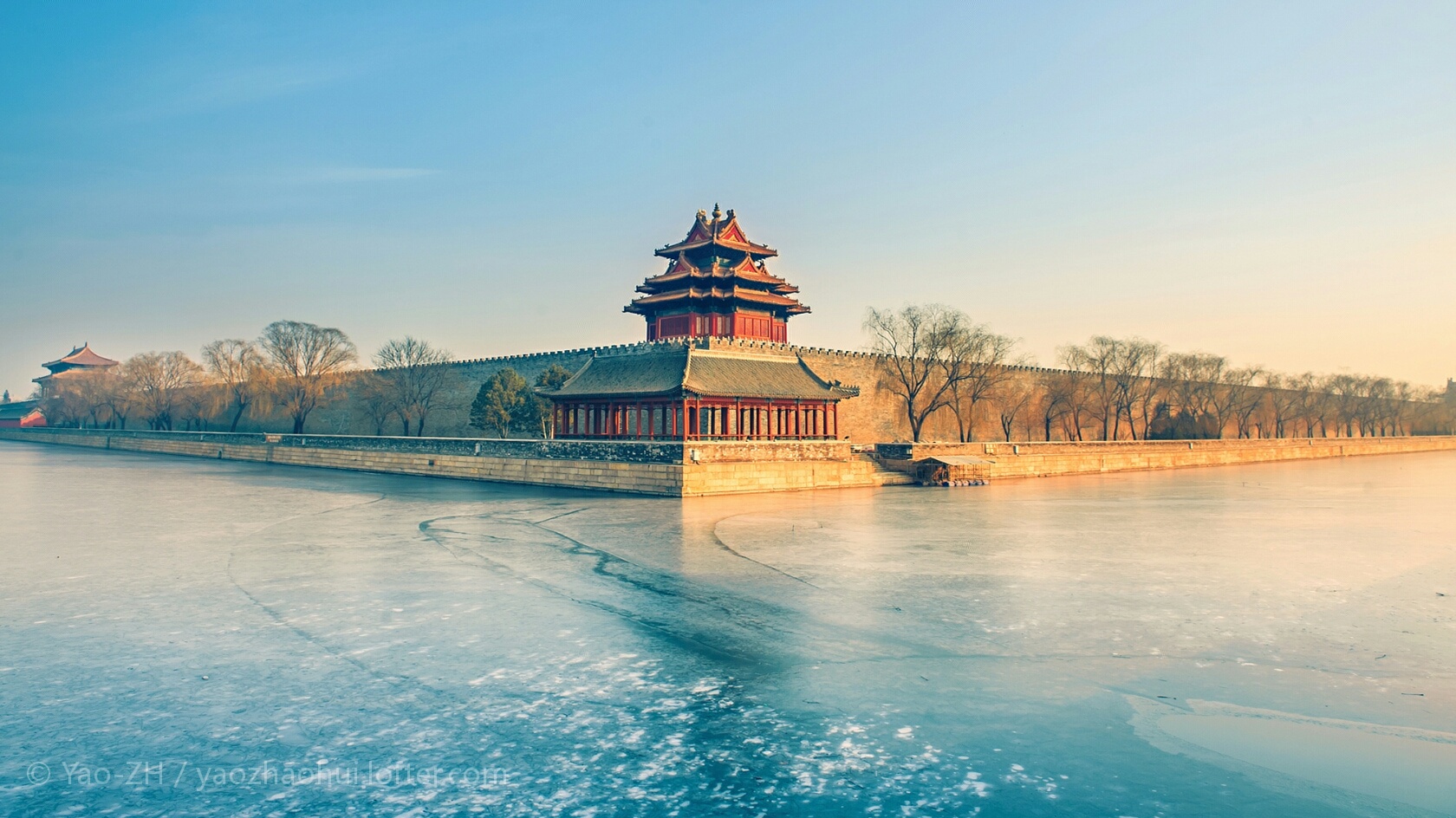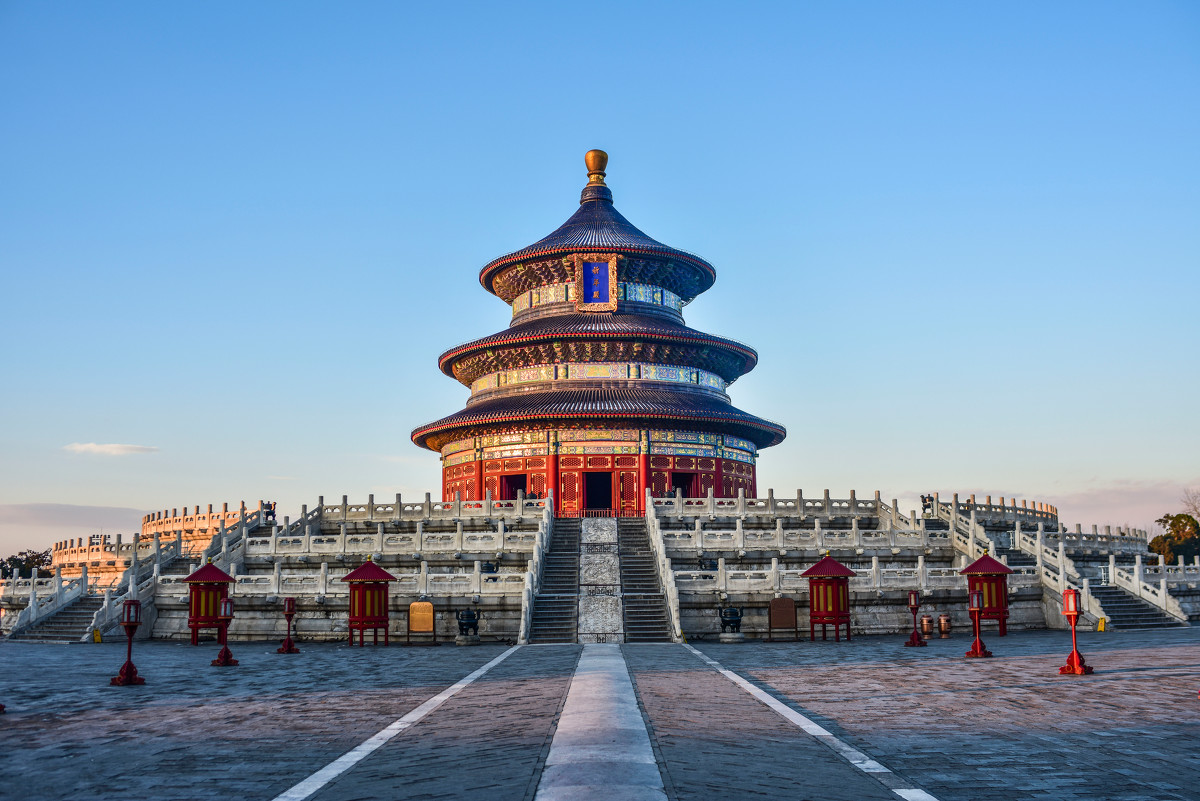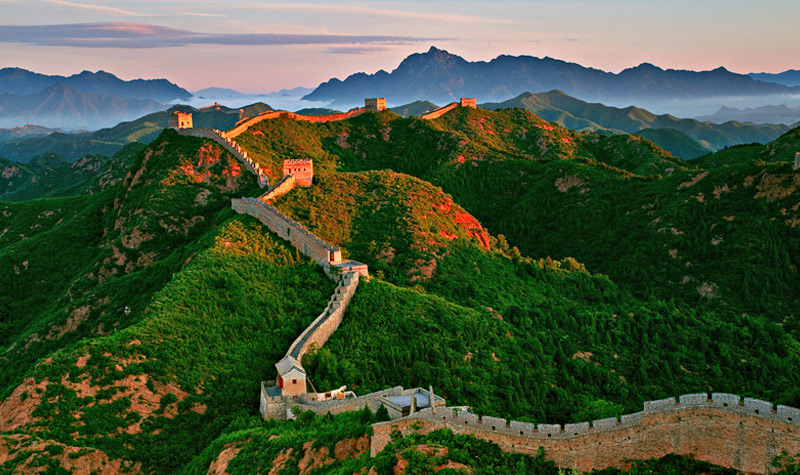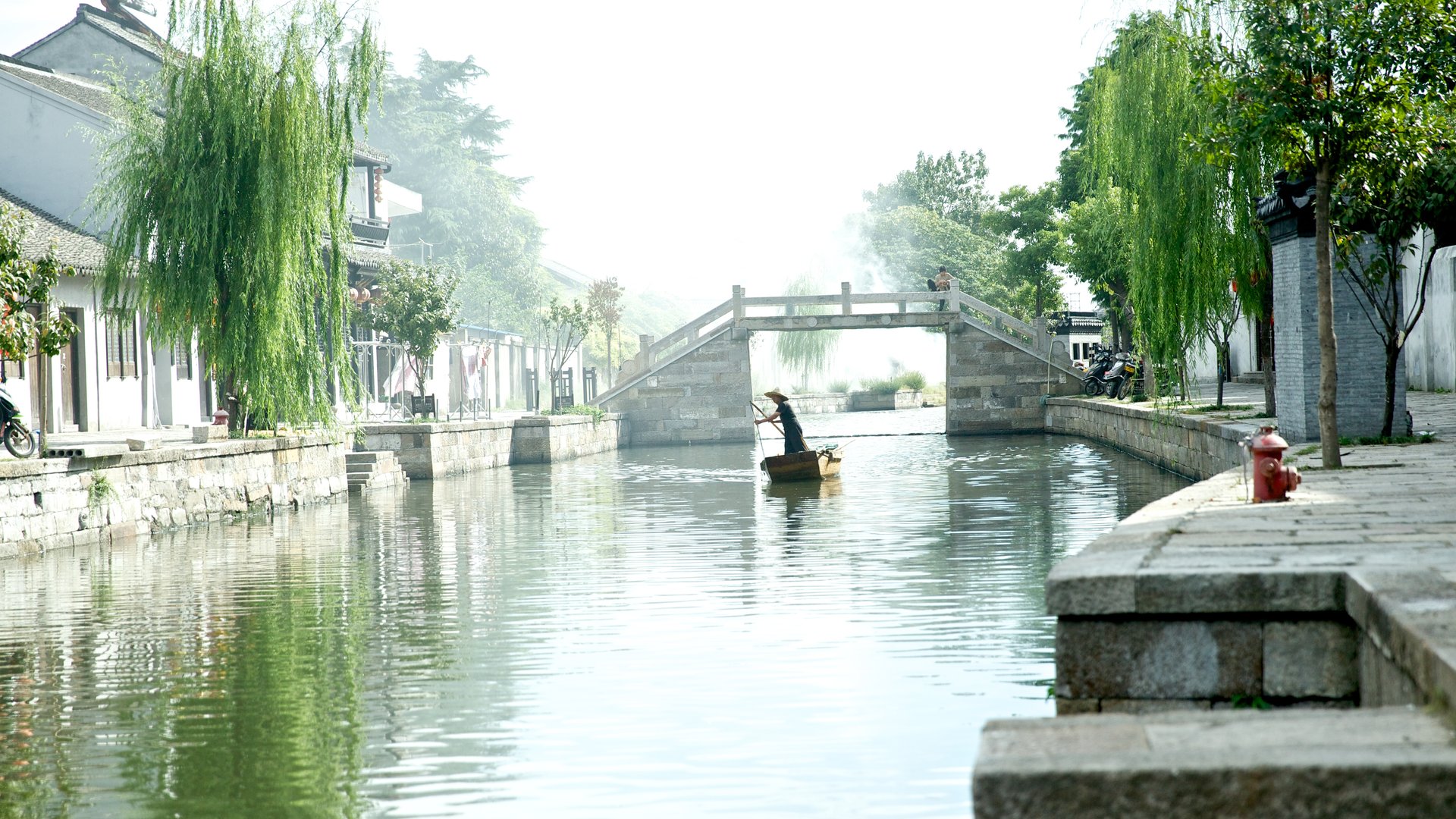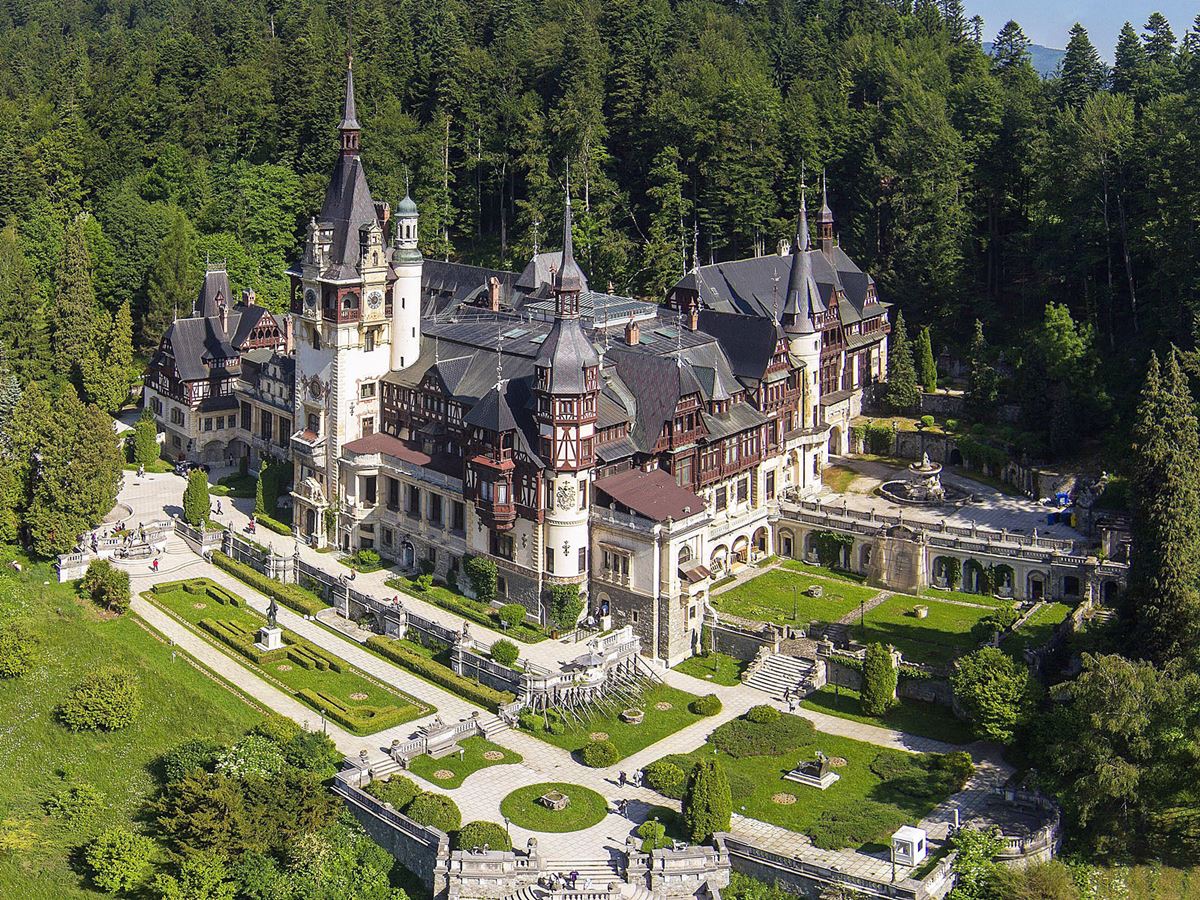On 3 March, 2016, Ambassador of China to Romania, Mr Xu Feihong delivers a speech at the Romanian-American University, introducing China’s economic situation and China’s role and position in global economy. Ambassador Xu Feihong also answers questions on the yuan’s inclusion in the SDR Basket of IMF, the role of BRICS, the economic, agricultural and tourism cooperation between China and Romania and so forth. More than 60 persons attend the event, including teachers and students from the Faculty of Economy, Law and International Relations of the Romanian-American University, representatives from the Confucius Institute at the University of Bucharest and Chinese companies in Romania. Before the speech, Ambassador Xu Feihong meets the rector of the Romanian-American University, Mr Folcut, and visits the Department of Asian Studies and the Romanian-Chinese Studies Center from the University.
The full text of the speech follows,
Rector Folcut,
Academic Staff and Students,
Last year China’s GDP growth stood at 6.9 per cent, which was the lowest in the last 25 years. This figure has given rise to all sorts of speculations and concerns in the world. Some people worry that China’s growth model may crash. Even the fluctuation on China’s stock and currency market makes people guess that China may destabilise the global economy.
Will China’s economy collapse as they said? No, of course not. I hope that my elaboration will help you strengthen your confidence on China.
If you google China’s economy on the internet, you may easily encounter a term called ‘new normal’. This term describes the upgraded phase of China’s economy. To simplify the theory, I compare managing the economy with driving a car. When you are driving, you need to use suitable gears according to your speed and road conditions. The economy needs appropriate gears as well.
Nowadays, the world is yet to shrug off the deep impact of the global financial crisis. The growth of major economies has been sluggish and emerging economies are slowing down. Global economy grew by a mere 3.1 per cent in 2015 according to the reports of IMF. The world economy is still in a period of profound adjustment.
To tackle the downturn pressure in global economy, China is making efforts to shift gear from high speed to medium-to-high speed growth. With a GDP over ten trillion US dollars, the Chinese economy is already the second largest in the world. Even a 6.9 per cent growth rate will be enough to produce an annual increase of more than 800 billion US dollars. What China needs now is not a super-high growth speed, but an optimised economic structure and innovation.
It is happy to see that efforts to promote economic structural adjustment have paid off. In 2015, per unit GDP energy consumption was lowered by 5.6 per cent in China. The output of new-energy cars increased four folds. The share of the service sector rose to more than half of the GDP.
Furthermore, the Chinese government launched a series of initiatives and action plans, such as mass entrepreneurship and innovation, ‘internet plus’, and ‘made in China 2025’ to boost the development of new technologies, new industries and new business formats. As many as ten thousand new firms are registered in China every day.
The Chinese people have been been greatly benefited in the process of shifting gear, deepening reform, and encouraging innovation. Taking again last year’s figures for instance, per capita disposable income grew by 7.4 per cent. China’s middle class ranks the largest in the world with 109 million people. In towns and cities nationwide, more than 13 million new jobs were created. In education, the Chinese universities turn out over seven million graduates. Totally over 100 million Chinese have received college education or beyond.
Based on the above few figures, it is easy to advocate that China’s ‘new normal’ is to embrace a higher quality of development, and the speculations talking about the collapse of China’s economy cannot be justified.
Ladies and gentlemen, China is an important member of the global family. China cannot develop itself without the rest of the world, and the world is impossible to enjoy prosperity without China. China has the conditions and ability to achieve sustainable and healthy economic development, and produce more positive spillover effects for the world economy.
Last year Chinese residents made 120 million overseas visits, up by 12 per cent, spending more than 150 billion US dollars. During the Chinese New Year holiday period a month ago, only in 10 to 15 days, nearly 6 million Chinese travelled abroad, spending almost 13.5 billion US dollars. Most of them visited Thailand, Japan, South Korea, the US, Australia, and the UK. The tourists’ spending constitutes a huge revenue for the receiving countries. Unfortunately, there are not so many Chinese tourists coming to Romania up till now. Both sides need to make more efforts to further promote the bilateral tourism cooperation.
In macroeconomy, the global economic volume surpassed 73 trillion US dollars. China accounted for almost 15 per cent, whereas the US and EU made up around 24 per cent and 17 per cent. China’s contribution rate to world economic growth was more than 25 per cent. China’s imports totaled 1.68 trillion US dollars, still the second biggest in the world. The outbound direct investment reached 127.6 billion US dollars, up by ten per cent year-on-year. China is acting as a major driving force for global economic growth.
As one of the world’s largest economy, China will continuously promote international win-win cooperation. To achieve this goal, China proposed the ‘Belt and Road’ initiative, namely, building the Silk Road Economic Belt and the 21st-century Maritime Silk Road. This initiative follows the principles of wide consultation, joint contribution and shared benefits. It will spur policy coordination, facilities connectivity, unimpeded trade, financial integration, and people-to-people bond between Asian, European and African continents and their adjacent seas.
Situated along the ‘Belt and Road’, Romania may be fully involved in this project, pooling wisdom and sharing cooperation benefits with China and the world. We highly appreciate the cooperation progress that China and Romania have made within the ‘Belt and Road’ framework.
In political field, jointly building the ‘Belt and Road’ is an important consensus of the New York meeting between Chinese President Xi Jinping and Romanian President Klaus Iohannis in September 2015.
In economic filed, last year China-Romania trade volume reached 4.5 billion US dollars. The companies of the two countries signed the memorandum of cooperation for Cernavoda Nuclear Plant, initialed a document to form a joint venture for Rovinari Coal-Fired Power Station, and discussed cooperation perspective on other projects. Chinese telecommunication company Huawei took over the maintenance of UPC Romania network.
In cultural field, the Romanian Cultural Institute was inaugurated last summer in Beijing. We are preparing to set up the Chinese Cultural Institute in Bucharest as well. The Romanians are showing more and more interests in China. The boom of Confucius Institute in Bucharest and Romanian-Chinese Studies Centre at the Romanian-American University is a convincing example in this respect. Vice versa, higher attention was payed to Romania by the Chinese. On 28 January I personally participated in the opening ceremony of the ‘Treasures of Romania’ exhibition held at the National Museum of China. There are thousands Chinese visiting this exhibition every day and the event was widely reported by the Chinese media.
However, China-Romania cooperation potential is far beyond the above-mentioned results. Romania’s trade deficit with China was almost 1.9 billion US dollars last year. Some China-Romania collaboration was not realised directly but via third parties. No China-Romania key economic project has started its construction. No Chinese company has yet won tenders for Romanian infrastructure projects such as motorways and railways.
China’s high-speed railway mileage exceeds 19 thousand kilometres, and the mileage of motorway stands at 123 thousand kilometres, ranking the first in the world. China has not only the experience of construction, but also the strong will and capability to deeply collaborate with Romania. The Chinese companies have great zeal and high expectations to participate in Romanian infrastructure projects. Next step, both sides need to show more confidence and identify proper models of cooperation.
China is running the last mile before the goal of completing the building of a well-off society. By 2020, we will meet one of our two ‘centenary goals’ by doubling the 2010 GDP and per capita income. I foresee a promising future in China’s economy. Moreover, I hope a prosperous China may benefit Romania, our friend.
To tap the potential of cooperation, our Embassy is keeping close contact with the Chinese and Romanian governments and companies. We strongly recommend both sides to speedup negotiation on projects, and we are looking forward to their further concrete steps.
At last, I would like to extend my gratitude to Mr Tiberiu Pintilie, a graduate of Romanian-American University, for his gifts after I step inside your university today. Those are precious pictures of his climbing-up the Himalayas two years ago. He is very brave, and I hope his spirit encourages you to have the ambition and get prepared to contribute to closer China-Romania ties in the future.
Thank you!
